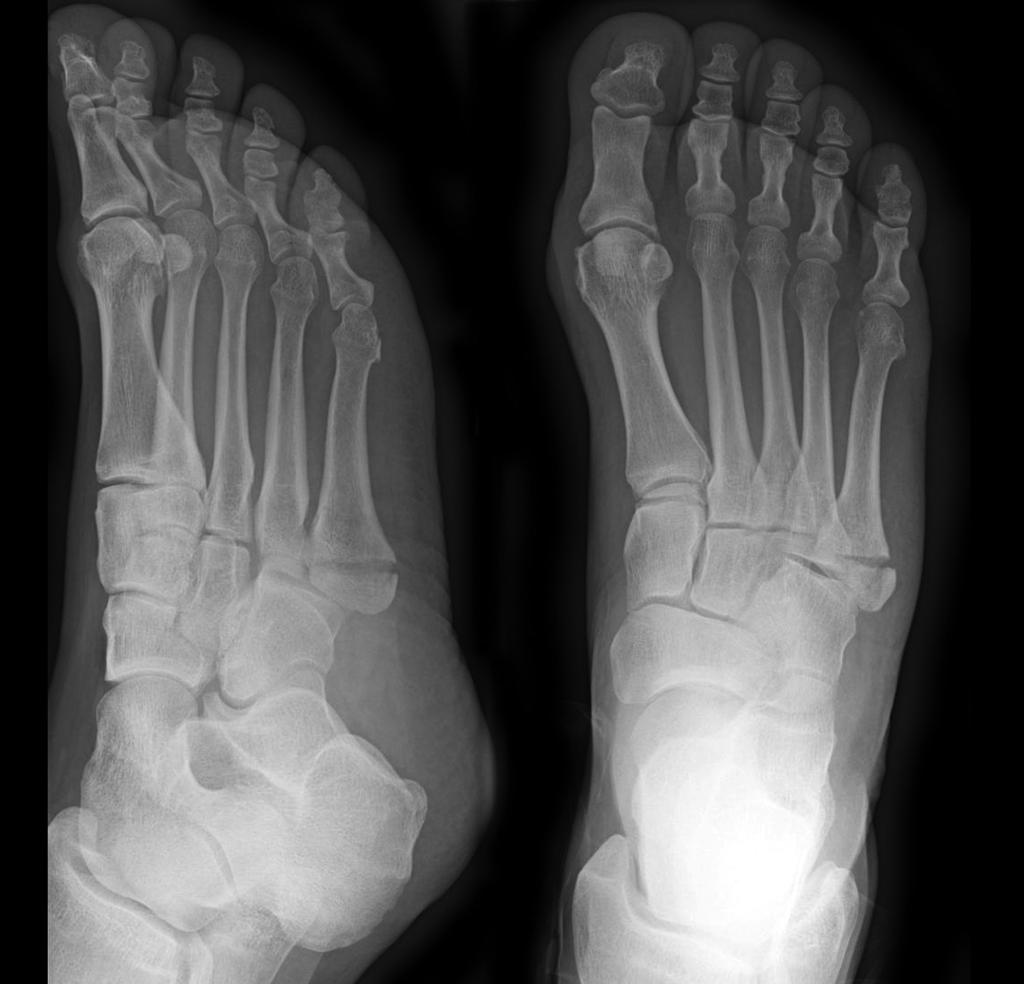

These typically are stress fractures, and may be associated with symptoms prior to the fracture, or with minimal trauma that still results in a fracture. Zone 3 fractures happen at the junction of the wide portion of the bone with the shaft of the fifth metatarsal.Surgery is common for these fractures due to the risk for delayed healing or reinjury. They also are at risk of refracture even after healing. These fractures are known to have a higher chance of not healing (nonunion). They occur at the intersection between the base and the shaft of the fifth metatarsal. Zone 2 fractures are known as Jones fractures.These fractures typically are treated without surgery using a cast, boot, or hard-soled shoe and tend to heal within 6-8 weeks. Zone 1 fractures are avulsion or chip fractures that occur at the tip of the base of the fifth metatarsal.The base of the fifth metatarsal is divided into three fracture zones. Surgery may reduce the time needed for immobilization and improve the chance of healing compared to non-surgical treatment.
#Fifth metatarsal fracture full
Surgery can be performed to help the bone heal in a correct position and return the patient to full function. However, certain situations may require surgical treatment. The majority of fifth metatarsal fractures are treated without surgery. The fifth metatarsal is the last bone at the outside of the foot, and most breaks of the fifth metatarsal occur at the base. Each metatarsal bone has a base, a shaft, a neck, and a head. The metatarsal bones are the long bones in the middle of the foot.


 0 kommentar(er)
0 kommentar(er)
